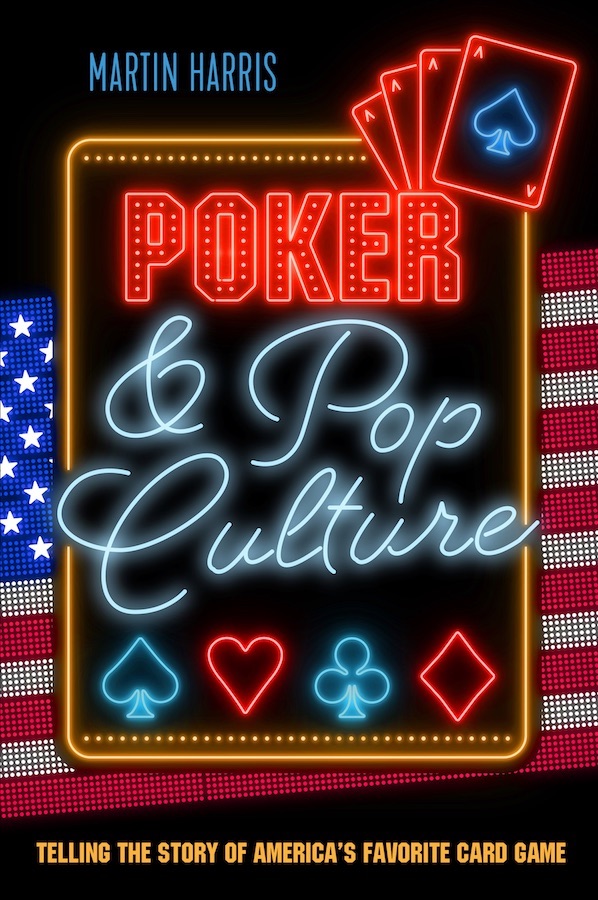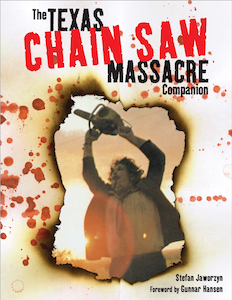2011 WSOP, Day 27: Look at You Look at Me
 Yesterday I helped cover Day 1 of Event No. 45, one of the several $1,000 no-limit hold’em events on the schedule. I did sneak off for an hour mid-afternoon to cover the rapid finish to Event No. 40, the $5,000 NLHE 6-max. event won by Matt Jarvis. But for most of the day I was at the $1K.
Yesterday I helped cover Day 1 of Event No. 45, one of the several $1,000 no-limit hold’em events on the schedule. I did sneak off for an hour mid-afternoon to cover the rapid finish to Event No. 40, the $5,000 NLHE 6-max. event won by Matt Jarvis. But for most of the day I was at the $1K.I was assigned to cover a couple of these last year, the tourneys many affectionately refer to as “donkaments.” Ended up writing here about a few unique characteristics of these events, the players who often play in them, and the experience of covering them. I called those posts “The Grand Games” -- there were two of them (Part 1 and Part 2).
All of those things I said last year came back to me yesterday. Again, there was some suspect play here and there. And the occasional starry-eyed wonder on display by the many non-pros taking their shots. The money has a different significance to a lot of these guys than it does to the upper-tier players. I remember near the end of the night one fellow finally pushing his short stack all in and getting called. As he awaited the community cards, he looked up at the ceiling and said with a good-natured but grim smile “One thousand dollars!”
As was the case last year, there were players engaging me frequently as I passed through the tables, asking about PokerNews or who the chip leader was or whether I thought we’d reach the cash before the end of the day. One player actually asked me for a high-five after a brief exchange. “Let’s high-five it,” he said, holding his hand aloft, and I obliged. “When I get famous...” I nodded and finished his sentence for him: “I’ll say I high-fived him at the beginning.”
Something else occurred to me yesterday, another distinction that might be drawn between the majority of those who play these lower buy-in events and the top pros one finds in the higher buy-in ones such as Event No. 46, the $10,000 No-Limit Hold’em Six-Handed Championship I’ll be on later today. It has to do with this curious facet of human interaction that seems to have so much meaning, namely, the way we look at each other -- that incredibly important form of nonverbal communication, eye contact.
As anyone who has played live much at all well knows, nonverbal communication -- voluntarily delivered or otherwise -- is a huge part of the game. For a mostly online guy like me who only plays live now and then, I nearly always feel like I’m having to reeducate myself about the significance of nonverbal cues and thus make great effort to make myself aware of others’ “tells” and/or my own.
As a reporter, watching players in WSOP events for hours on end, I am always very conscious of all the nonverbal communication going on. Occasionally -- usually in big hands that last more than a minute or two -- I will note some of the mannerisms or seemingly meaningful gestures to include in the hand report, the kind of thing that hopefully gives the reader some sense of what it was like to stand there by the table seeing it play out. (Not to mention distinguishes the report from an automated hand history such as you might get online.)
Some players look at each other. Some don’t.
 In Event No. 40 last week (the $5K NLHE 6-max.), I enjoyed watching Chino Rheem in a very exaggerated fashion remove his shades and stare directly at his opponent for several seconds as each postflop street was delivered. I’ve interacted with Rheem a small amount, though can’t say I know him, really. But he definitely strikes me as a “look-you-in-the-eye” kind of guy, perfectly willing to engage others directly in a manner that no doubt helps him at the tables.
In Event No. 40 last week (the $5K NLHE 6-max.), I enjoyed watching Chino Rheem in a very exaggerated fashion remove his shades and stare directly at his opponent for several seconds as each postflop street was delivered. I’ve interacted with Rheem a small amount, though can’t say I know him, really. But he definitely strikes me as a “look-you-in-the-eye” kind of guy, perfectly willing to engage others directly in a manner that no doubt helps him at the tables.Such seems to be the case for most of the better players. I mentioned a couple of days ago taking note of Daniel Negreanu taking note of others. It’s not just a matter of sitting there witnessing what is going on around you. It’s showing that confidence associated with a willingness to look directly at whomever you are interacting with, and not looking away when they look back.
The pros seem to have no problem at all with this facet of the game, but the less accomplished or less experienced players very often do. They look down a lot. They look around the room. When they do look at other players -- say, in a heads-up situation -- a lot of times they seem to be “stealing” glances rather than spending time studying their opponent, almost as though they are avoiding violating that unwritten rule about social decorum that keeps us from being too obvious about our staring at one another, especially if we strangers.
One other reason why I found myself thinking a lot about eye contact yesterday was that players kept making eye contact with me.
Unlike in Event No. 40, where every table had at least one and sometimes multiple players I recognized instantly, the so-called “notables” among the 2,980 players who entered Event No. 45 were much harder to find. Thus did I do a lot of looking at players’ faces throughout the day, searching (mostly in vain) for familiar ones.
What I’m describing wasn’t really a new experience for me, but for some reason it struck me yesterday how players who weren’t in hands would sometimes look up and make eye contact with me as I passed by looking at them. As a reporter, I’m generally trying to be as inconspicuous as possible when covering events, and most often do well to make myself “invisible” as I stand nearby jotting down details of what is happening. As a result, I’m usually not so conscious of anyone looking at me, ’cos, well, no one really is. But yesterday that wasn’t always the case.
For the amateurs -- especially those playing in their first WSOP event -- the whole idea of reporters covering what they are doing has to be a somewhat novel concept. Just as they marvel at sitting down at the same table with Phil Hellmuth (and in these events, they always do), so, too, is there a kind of wonder being expressed nonverbally by some of them regarding my presence.
Did I feel self-conscious whenever I saw someone see me? Not really, although I’ll admit I did just about always look away first. I really don’t want to engage with the players at all if I don’t have to. Sometimes it’s necessary (e.g., to get a name), but my role is to stay out of their way and let them interact with each other unimpeded. After all, that’s what the game is largely about.
Agree? Cool. Let’s high-five it.
Labels: *high society, 2011 WSOP, Chino Rheem













0 Comments:
Post a Comment
<< Home